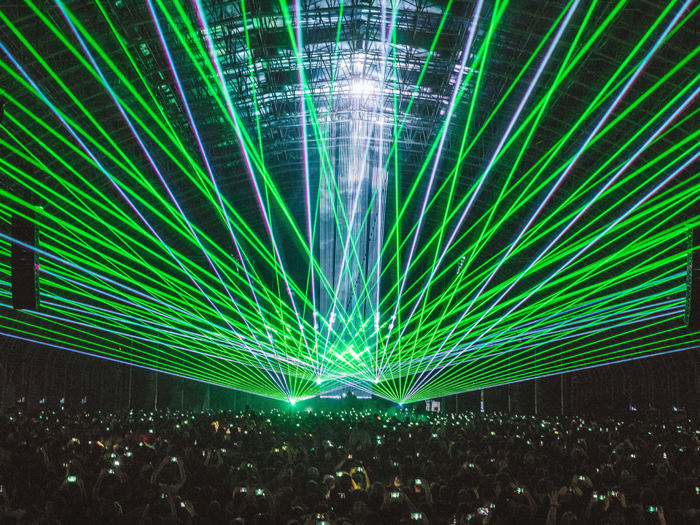Field Day took over East London’s Victoria Park on June 3 for a truncated single-day showcase that featured sets from the likes of Run The Jewels, Flying Lotus, Slowdive, Dr John Cooper Clarke, Death Grips, and more. The sold-out 11th edition saw the arrival of The Barn, a 15,000 capacity indoor arena where Nina Kraviz, Moderat, Nicolas Jaar and more delivered sets throughout the day before Aphex Twin made his live return with a two-hour audiovisual headline set that was live streamed in collaboration with NTS.
Insights spoke with Field Day promoter Tom Baker about the festival’s decision to consolidate its offerings into one day, the origins of The Barn, the marketing tactics employed this year, and more.
Festival Insights: Field Day was consolidated from two days into a single one this year, which in the opinion of many has distilled it into one of the best line-ups of the season. What were the reasons behind the decision, and are you open to extending it again down the line?
Tom Baker: Well Field Day started out as a one-day festival, but when we booked Pixies in 2014 it made sense to split the days and curate a more band-driven line-up around them. That continued to make sense as the format during the following year when we were fortunate enough to secure Patti Smith and the reformed Ride, and then again in 2016 with PJ Harvey. This year however there were a handful of artists we went for in that lane, but due to album or touring schedules we weren’t able to book them.
It’s key to me to ensure that the Sunday headliner is still relevant, and not just a ‘heritage act’. We felt that because we were struggling on that front, it was best not to create a lacklustre line-up on the Sunday for the sake of it, and instead focus on putting all of our resources into a single day. I was very mindful while programming it to maintain that eclectic mix, bringing in Slowdive, Oh Sees, Whitney, Methyl Ethel and John Cooper Clarke to complement the electronic side.
We definitely want to go back to two days, even extend it to three if it feels right, but we’re not going to do that unless it happens organically.
FI: A new fixture for this year was the 15,000 capacity industrial space, The Barn. Did the concept predate the venue’s artists being confirmed, or did the artists’ styles inform elements of the design?
TB: The conversations we had about the creation of The Barn actually occurred in tandem with conversations about booking Aphex Twin. I’ve always tried to book Aphex for Field Day, and I’ve worked with him in the past on shows, but he’s notoriously difficult to pin down.
Thankfully, the venue worked perfectly with Aphex. He wanted to do a two-hour set, so having him in an indoor venue was best in order to create a club-like atmosphere. We wanted to be able to guarantee that people would stay in one place and fully immerse themselves in it, regardless of weather. I was stood near the back and could see over the whole crowd and they did just that. Me too, in fact; I was supposed to leave after a while but I found it so engaging that I couldn’t pull myself away.
It wasn’t just great for Aphex though; we were able to provide acts like Moderat, Nicolas Jaar, and Jon Hopkins with hour-long sets and headline-level production.
FI: You partnered with NTS Radio to livestream Aphex Twin’s headline set. Do you think livestreaming is the most effective way of demonstrating what your festival brand is about to those not in attendance?
TB: I think so. I mean obviously it’s down to who you’re streaming, and how effective and visually appealing their show is. Watching a guy on a laptop without visuals is going to limit the excitement for the audience.
Also, we were streaming one artist so it didn’t give an impression of the full festival. Still, having him agree to the stream was phenomenal in itself and we had over 500,000 people try to login to watch it in a day. For people who couldn’t attend that was amazing, and will allow those who were there to relive it.
FI: Despite having an amazing line-up, there’s more competition and saturation than ever in the festival market. Did you undertake any interesting marketing or social media initiatives in order to gain exposure?
TB: I think Field Day has always had a very strong, clean identity. We’ve always been innovative in our ways of doing things and had quite striking artwork. The cat design was genius this year and came out of the blue after a lot of failed attempts. I think people engaged with the cats on a different level, and along with it we asked people to send in pictures of their own cats. It was fun and different and attracted people’s attention.
I also had the idea of leaving scratch cards in prominent bars and cafes just before we announced the line-up. When you scratched off the surface it revealed Field Day’s name and Aphex’s logo. We then blacked out all of our online presence and said nothing, just to see how well the message would travel organically. It did get people talking, a few blogs picked up the story, and then when we released a video on the Sunday confirming it the whole thing went viral. I’d say it was the best roll-out we’ve ever done. You can only do that with so many artists though, and Aphex is one of them; whenever he does anything it creates hysteria amongst his fans.
FI: A number of Field Day’s stages are sponsored by media partners such as The Quietus and Resident Advisor. To what extent do these external curators shape the event, and do you think working with outsiders is the best way to ensure that your line-ups remain unpredictable and diverse?
TB: They actually don’t curate any of it, I do it all. I choose the stage partners and they get involved in the promotion. Some media partners suggest things but they know that it’s down to me to book it. That’s just how it’s always been. We work with great media partners that understand that process and understand the ethos of Field Day. They’re very supportive.
I say it’s all me, but we do have meetings and discuss line-ups at the office, which is predictably full of music lovers. I ask lots of people who they’d love to see; it’s not just me sat there with a sheet of paper. We’re always very mindful as an office in supporting and representing female artists and bands, but if they’re not around it’s impossible to achieve that goal. You start out with these big long wish-lists but at the end of the day you’ve very much beholden to who’s available.
FI: Field Day seems to have become one of those festivals whose programming legacy is so strong that people would happily purchase tickets before any acts have been announced. But are there any other qualities or aspects of the festival that you consider to be a draw?
TB: I think the village fete is very intrinsic to Field Day – people love playing those games and taking part in the eating contest, for example. The food we have now with Street Feast is incredible, and it’s great being able to cross-promote with those guys since they have their own very dedicated following.
All festivals have stepped up their food massively in the last five years, it’s been amazing to see. We also developed a beer festival last year with local breweries and created our own Field Day beer. We’d love to develop that side of things in future.

